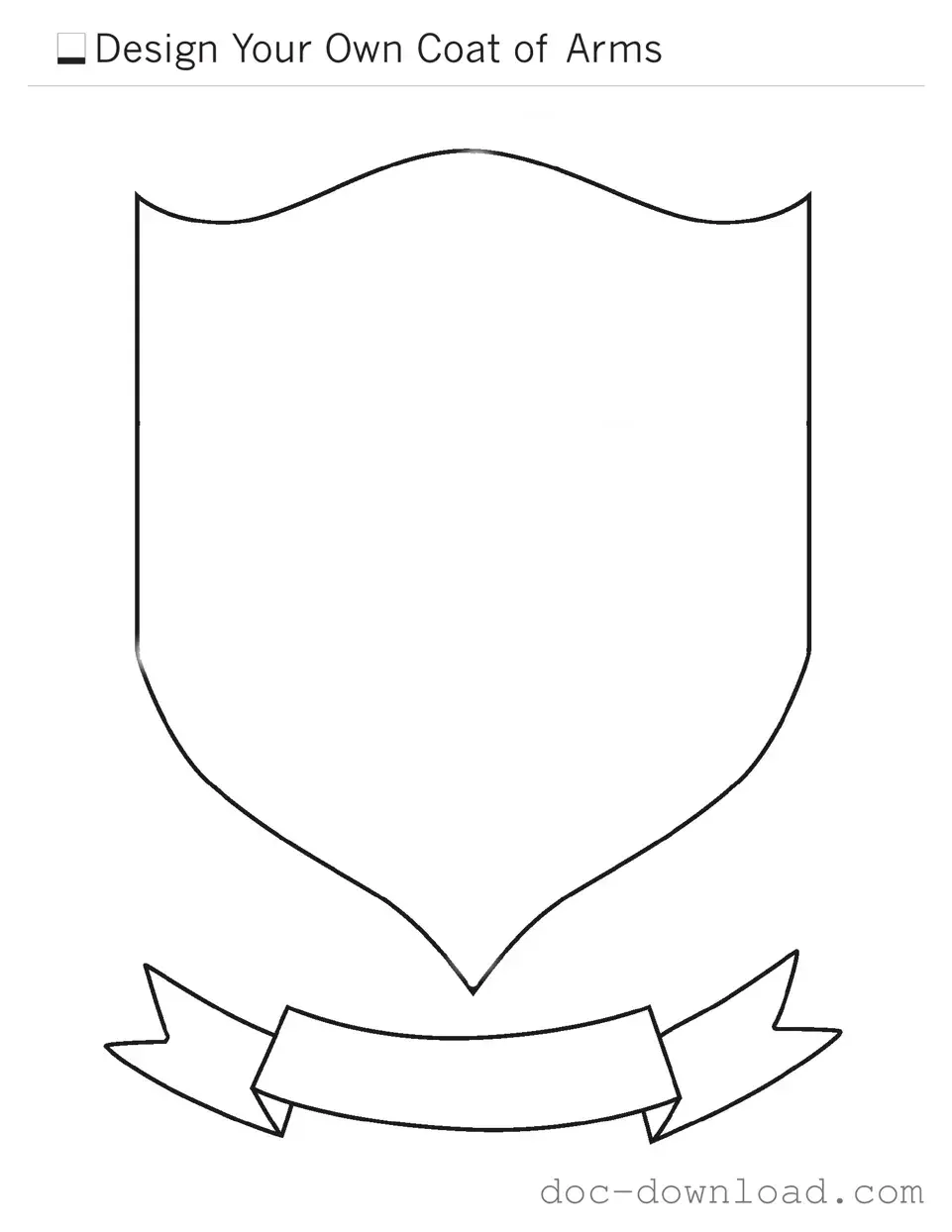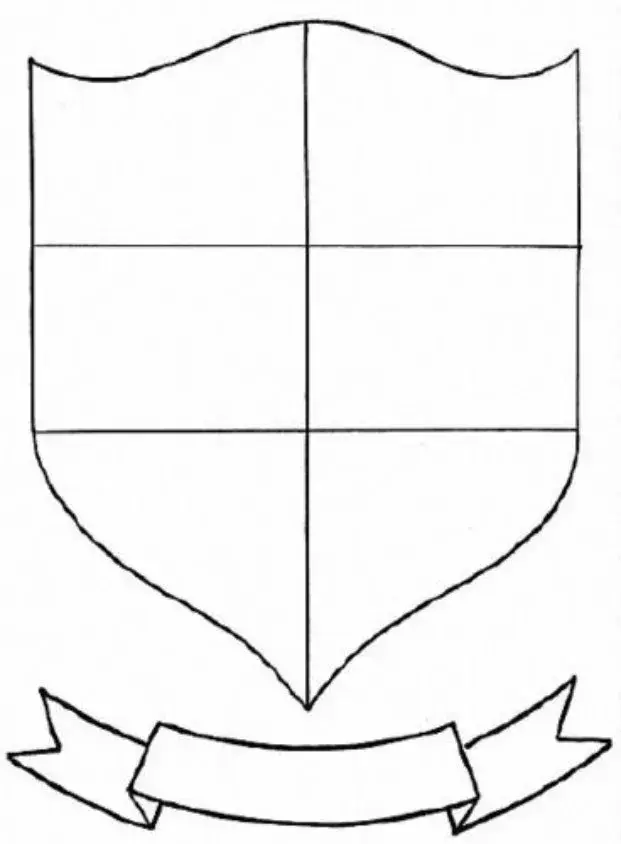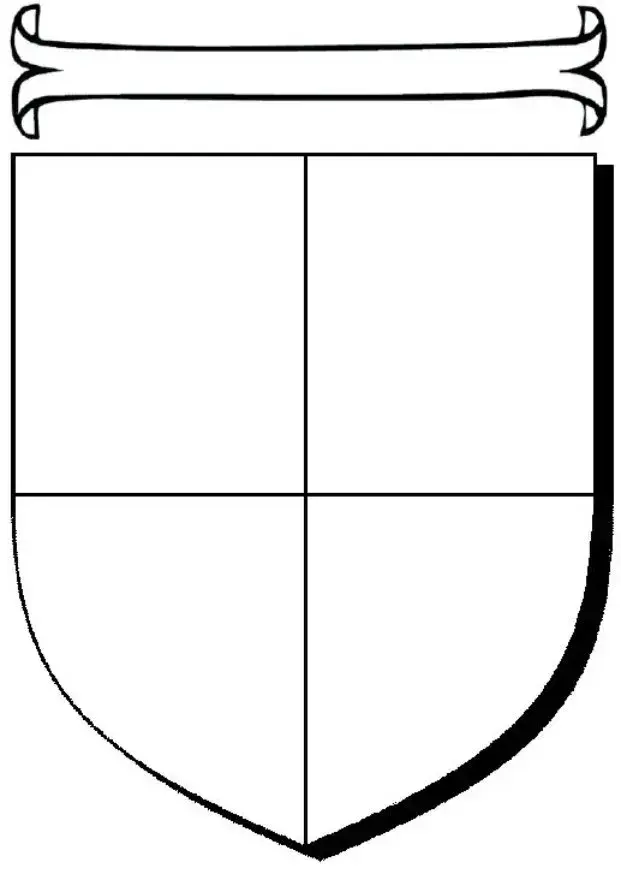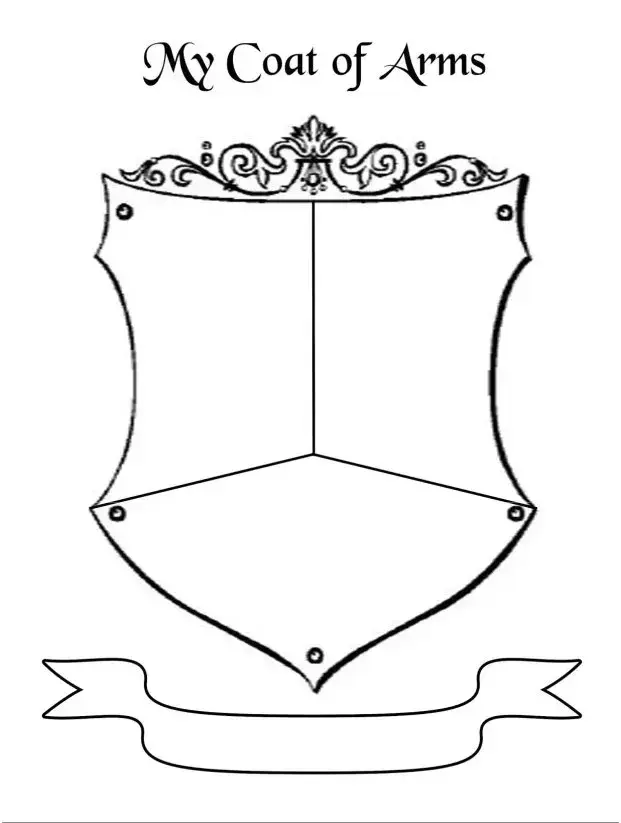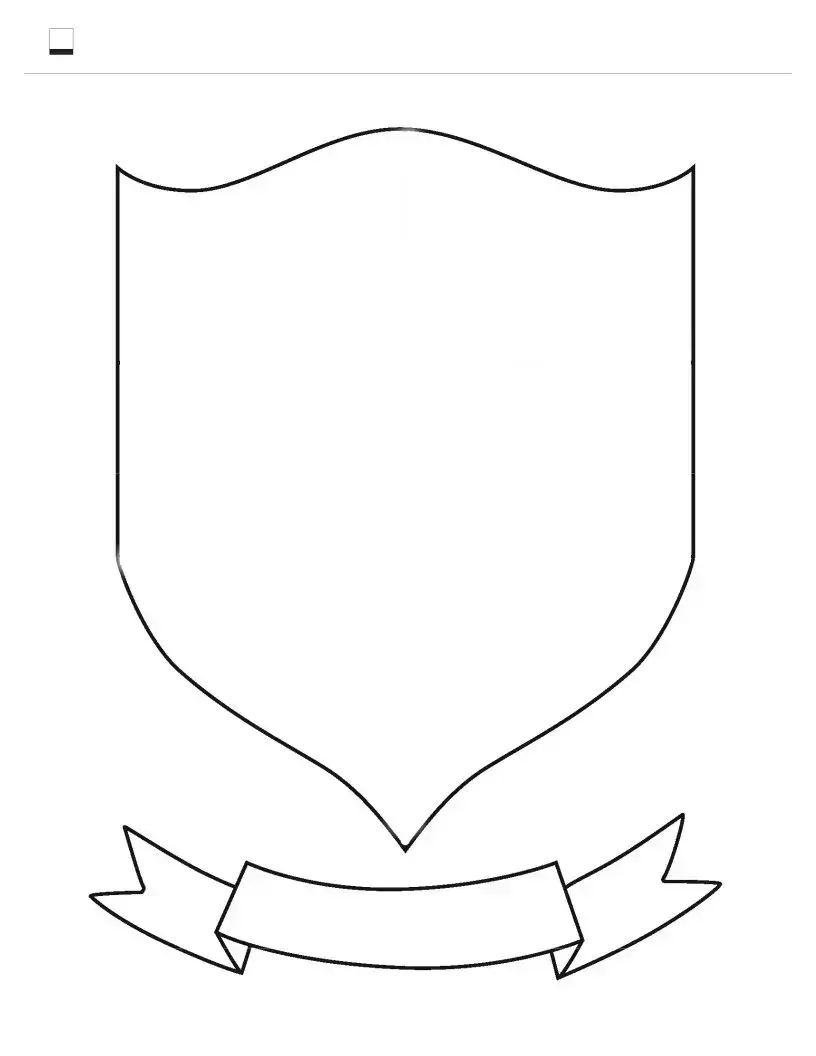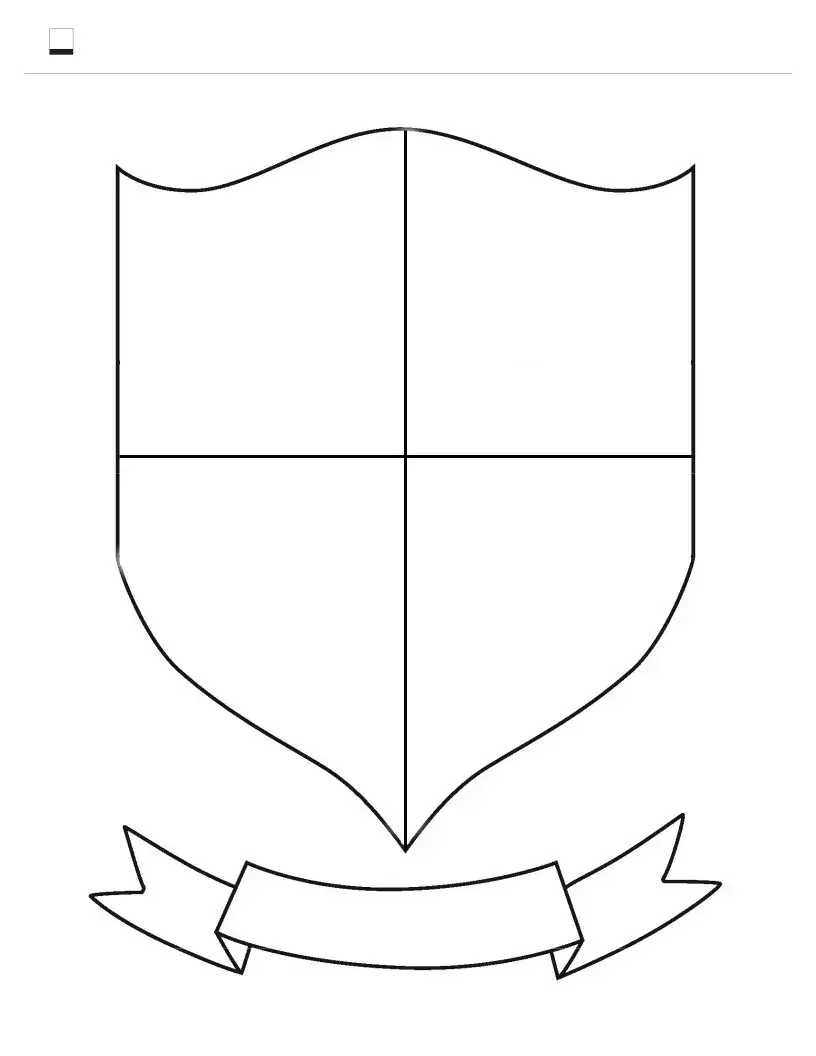The Coat of Arms form serves as a vital document in the realm of heraldry, encapsulating the rich history and symbolism associated with familial or organizational identity. This form typically includes detailed information about the design elements, such as colors, symbols, and motifs that represent the values and heritage of the entity it pertains to. Additionally, it may require the applicant to provide a narrative explaining the significance of each component, thereby fostering a deeper understanding of the emblem's meaning. The form often necessitates the inclusion of supporting documentation, such as lineage proof or historical context, to substantiate the claim to a particular coat of arms. Furthermore, understanding the rules and regulations governing the use of coats of arms can be crucial, as they vary by jurisdiction and may involve specific guidelines for registration and display. Overall, the Coat of Arms form not only serves as a means of formalizing a heraldic design but also acts as a bridge connecting individuals or organizations to their past, while paving the way for future generations to appreciate their unique identity.
